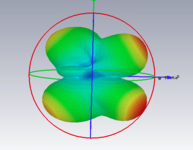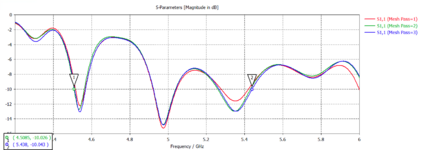denizduran
Member level 2
I am trying to replicate the 1:4 wilkonson power divider attached to this post. Not enough information is given regarding the dimensions, that is why I could not design it. How can I design the exact same circuit without knowing the dimension? I am going to use the design as a feed network for a metasurface antenna.



